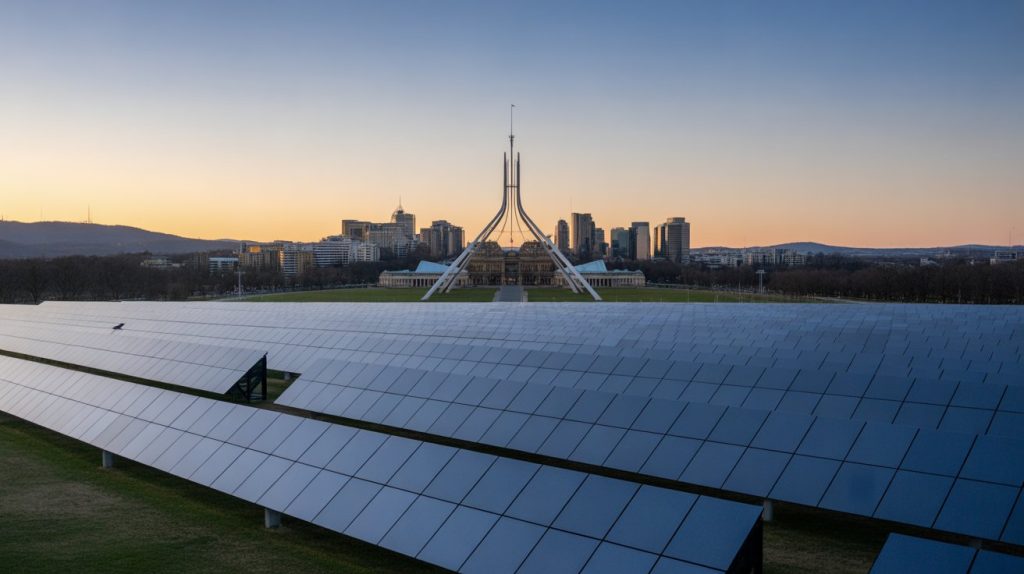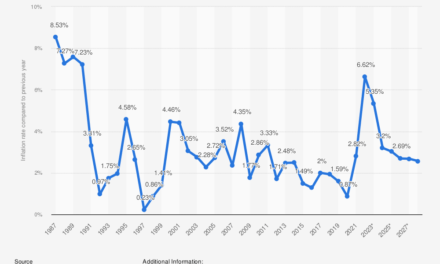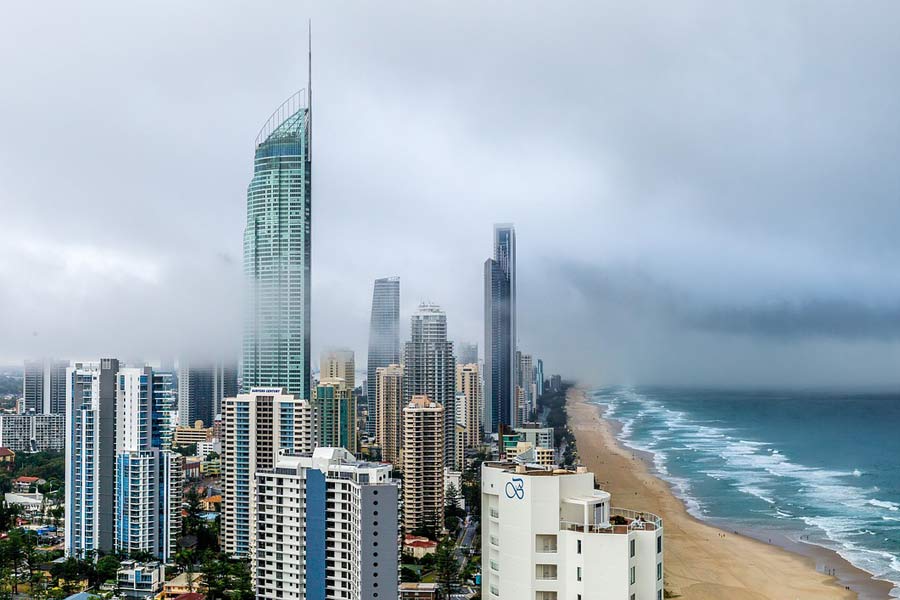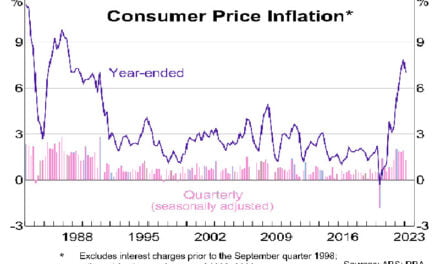Canberra’s claim to run on ACT 100% renewable electricity now sits at the centre of a fierce fight over power bills.
In May 2024, the ACT regulator approved an average 12.75 per cent increase for ActewAGL standing-offer customers, adding about $240 a year to the typical household bill. [ icrc.act.gov.au PDF ]
A year later, a further recalibration allowed another 10.11 per cent rise in regulated tariffs from July 2025.
For the ACT Labor–Greens Government, those increases sit uneasily beside years of marketing Canberra as a climate leader and renewables success story. For parties to their left and right, they present an opening.
One Nation used the launch of its Canberra branch to attack the territory’s energy story and the major parties’ Net Zero commitments.
“The strength of a political party isn’t measured by how well it does in its strong areas, it’s measured by how hard it fights in the tough seats,” Senator Sean Bell told local radio, backing the new branch.
The party’s newsletter claimed the capital “loves to boast that it runs on 100 percent renewable energy” while residents “often pay the highest electricity prices in the country.”
ACT 100% Renewable Electricity: How the Scheme Works
The ACT Government’s Climate Choices website states that since 2020 “100% of electricity in the ACT has come from renewable sources,” and that it intends to maintain that level.
The territory reached that target by signing long-term contracts with large wind and solar farms, most of them outside the ACT. Under those contracts-for-difference, generators receive a fixed price per megawatt hour. When wholesale prices fall below that strike price, the scheme tops up the difference and passes the cost through to ACT consumers.
When wholesale prices surge, however, money flows the other way. In those years, the contracted projects pay back the difference, which reduces scheme costs and can push them below zero.
Even so, Canberrans still draw physical electricity from the wider National Electricity Market. The ACT sits inside the New South Wales region of the grid, so households rely on the same mix of coal, gas, hydro, wind and solar as their neighbours.
Supporters of ACT 100% renewable electricity present this arrangement as a financial hedge and a climate commitment. Critics call it “creative carbon accounting“ that masks continued reliance on fossil-fuel generation.
Labor and Greens Defend Climate Leadership
ACT Labor and the ACT Greens built much of their recent record around the climate agenda. Their joint strategy commits the territory to net zero emissions by 2045, a transition away from fossil gas by the same date, and ongoing support for renewable projects.
Climate policy material on the ACT Greens website says the territory “cut emissions by over 40 per cent,” shifted to 100 per cent renewable electricity and committed to phase out “polluting fossil fuel gas.” It describes Canberra as a “global leader on climate action.”
On the government’s Climate Choices site, the ACT points to more than $2 billion of sustainable energy investment and calls Canberra “Asia Pacific’s most progressive“ low-carbon jurisdiction.
For Labor and Greens, the territory’s experience offers a national demonstration project. They argue that large-scale renewables, backed by long-term contracts and new transmission, can support emissions cuts while moderating price shocks for consumers.
They point to 2022 as key evidence. When international gas prices spiked after Russia’s invasion of Ukraine, residential electricity prices across much of Australia jumped by 20 to 30 per cent. In the ACT, the increase sat around 4 per cent, because the territory’s contracts required generators to pay back the difference between high wholesale prices and lower strike prices.
At the national level, Federal Labor enshrined a 43 per cent emissions reduction target by 2030 and net zero by 2050 in law. Ministerial statements often cite the ACT example when arguing that high renewable penetration can align climate goals with cost-of-living support.
Canberra Liberals Question Cost and “Creative Accounting”
The 100 per cent target began as a bipartisan project. Earlier climate strategy documents note tri-partisan support from ACT Labor, ACT Greens and Canberra Liberals for net zero by 2045 and 100 per cent renewable electricity by 2020.
As bills rise, Canberra Liberals now emphasise price rather than symbolism.
They argue that the territory still draws electricity from the same coal- and gas-dominated grid and that certificates and contracts cannot change physics at the border. In a July 2024 article titled “Smoke and Mirrors,” Liberal MLA James Milligan said the government claims about entirely renewable electricity rely on “creative carbon accounting,” while households face higher living costs and pressure to electrify.
Milligan criticised elements of the Integrated Energy Plan, including banning gas appliances in new developments and spending millions on electrification pilots, saying those measures risk higher bills for vulnerable households without clear environmental gains.
Liberal figures also question earlier government promises that the scheme would lower prices. Media commentary from 2024 and 2025 notes that standing-offer customers now face consecutive double-digit percentage rises despite the territory’s status as a “climate action capital.”
Federally, the Liberal Party shifted further. After months of internal debate, the party dumped its explicit net zero by 2050 commitment in November 2025, promising instead a new policy that puts “affordable energy and the cost of living” at the centre and promotes nuclear power and “technology-neutral” investment.
Opposition Leader Sussan Ley insists that this approach will deliver lower power prices than Labor’s high-renewables pathway, although the party has not released detailed price modelling.
One Nation Attacks Net Zero and Claims Price Pain
One Nation’s new Canberra operation places energy costs and Net Zero at the centre of its pitch.
In its newsletter, the party argues that renewables are “unaffordable because they’re unreliable and depend on government subsidies to survive,” and that they “cannot supply the baseload power a growing nation needs.” It links the ACT’s price rises to a broader attack on the Paris Agreement and federal emissions targets.
The newsletter claims Canberrans “often pay the highest electricity prices in the country” despite the 100 per cent boast, and labels Net Zero policies a “fallacy” that loads costs onto working households while “elites” absorb higher bills.
One Nation also criticises the Liberal Party’s internal struggles over climate policy, calling the recent repositioning a “clown show” and saying Liberals “don’t” truly support cheap power. It argues that only a full break with Net Zero, including withdrawing from the Paris Agreement, can deliver reliable, low-cost energy.
The party points to a reported surge in membership, claiming that on a peak day this week “one new member every 29 seconds” joined nationwide, and that Pauline Hanson’s net likability now sits ahead of both Sussan Ley and the Prime Minister. Those figures come from One Nation’s own internal polling.
Regulator Numbers and Scheme Costs
Regulator documents paint a complex picture behind the headline price rises.
The Independent Competition and Regulatory Commission’s 2024–27 price direction confirms the 12.75 per cent increase in regulated standing-offer tariffs from 1 July 2024. An associated media release says this equates to around $240 a year extra for an average household using 6,500 kWh.
In May 2025, a separate determination recalibrated prices for 2025–26, allowing a further 10.11 per cent rise in average tariffs. [ icrc.act.gov.au PDF ]
The ICRC and the commission’s annual report identify several drivers:
- Network charges, including costs related to the large-scale feed-in tariff (LFiT) scheme, increased sharply.
- The cost of the ACT Government’s LFiT scheme rose from $2.61 per MWh in 2024–25 to $16.11 per MWh in 2025–26, adding more than four percentage points to the latest price adjustment.
- Wholesale electricity costs in the ACT fell compared with earlier crisis years, but that reduction did not offset higher network and scheme charges.
Earlier reporting shows how scheme costs can move in the other direction. During 2020–2022, tripling wholesale prices pushed the scheme into negative cost, as generators paid money back under the contracts. In those years, the renewables hedge softened bill increases for ACT consumers compared with other states.
Consumers Caught in the Middle
For many households, the detail matters less than the total at the bottom of the bill.
Local coverage and online discussion show frustration that bills continue to rise in a jurisdiction promoted as a global climate leader. Some Canberrans question how prices can jump due to New South Wales wholesale market movements if the territory claims full sourcing from renewables.
Community and social service groups warn that electrification and gas phase-out plans could hit low-income households hardest unless support keeps pace. They call for stronger protections, targeted rebates and energy-efficiency upgrades before older gas appliances disappear.
Supporters of the ACT renewable scheme note that federal rebates, concessions and targeted programs offset some of the recent increases. Critics respond that one-off payments do not change the trajectory of underlying costs.
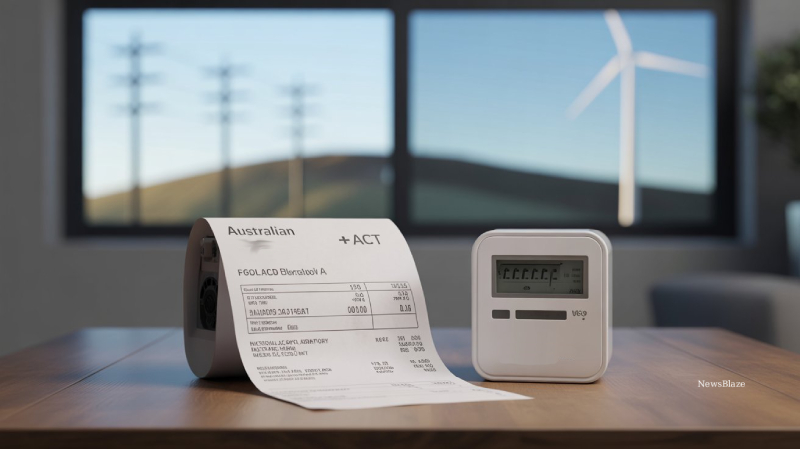
ACT power bill, ai image via NewsBlaze
National Test Case for Net Zero Politics
The clash over Canberra’s energy story now feeds directly into the national Net Zero fight.
Federal Labor continues to promote a rapid build-out of renewables, storage and transmission, arguing that long-term bills will fall as fuel-free generation replaces coal and gas. Climate groups generally back faster action, while warning that delays could raise both future climate and adaptation costs. [ Climate Council PDF ]
The Liberal Party pitches its new policy as “affordable and responsible,” with nuclear power, gas and other technologies providing firm capacity alongside renewables. Internal and external critics question whether promised bill cuts can materialise without detailed modelling and timelines.
One Nation seeks to rally voters who reject Net Zero altogether, describing the ACT as proof that renewables-driven policy brings higher costs and unreliable supply.
In coming years, the ACT 100% renewable electricity story will likely remain a reference point for all sides. Whether voters see it as a model to copy or a warning to avoid may depend less on slogans and more on what appears on their next electricity bill.
